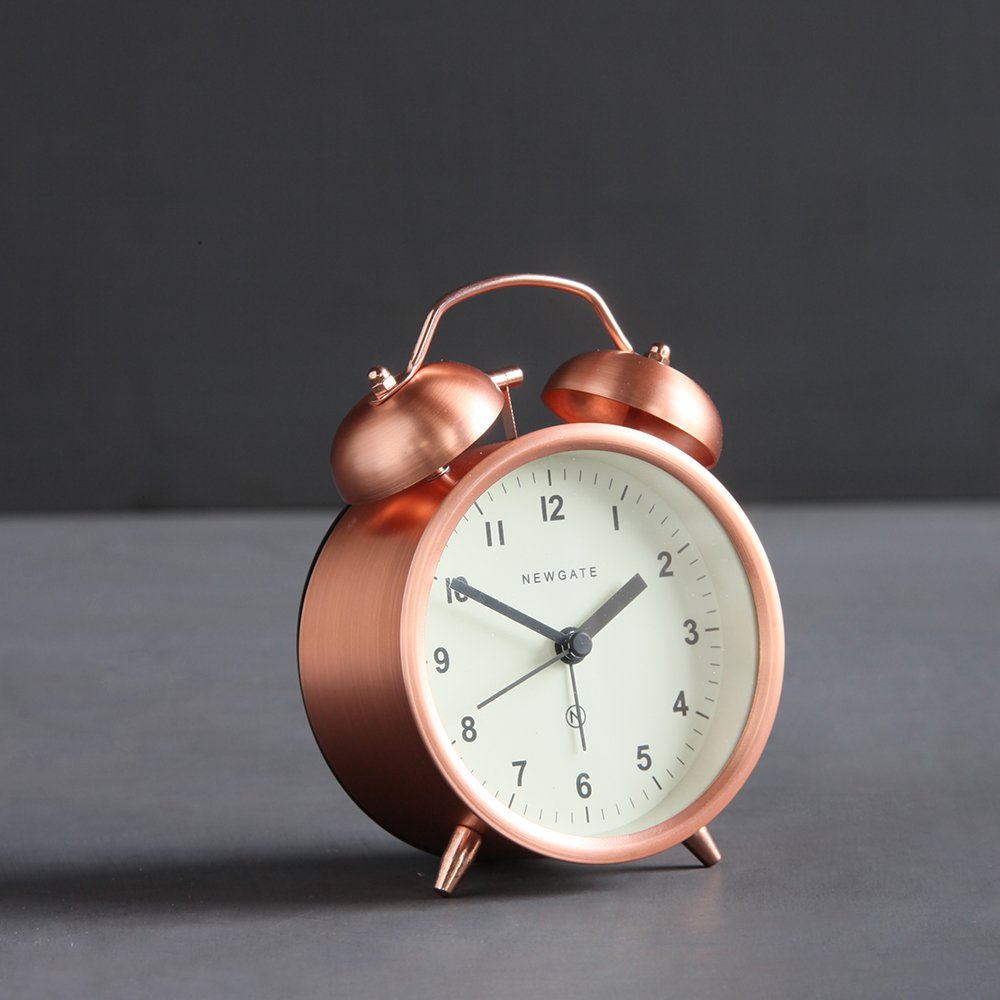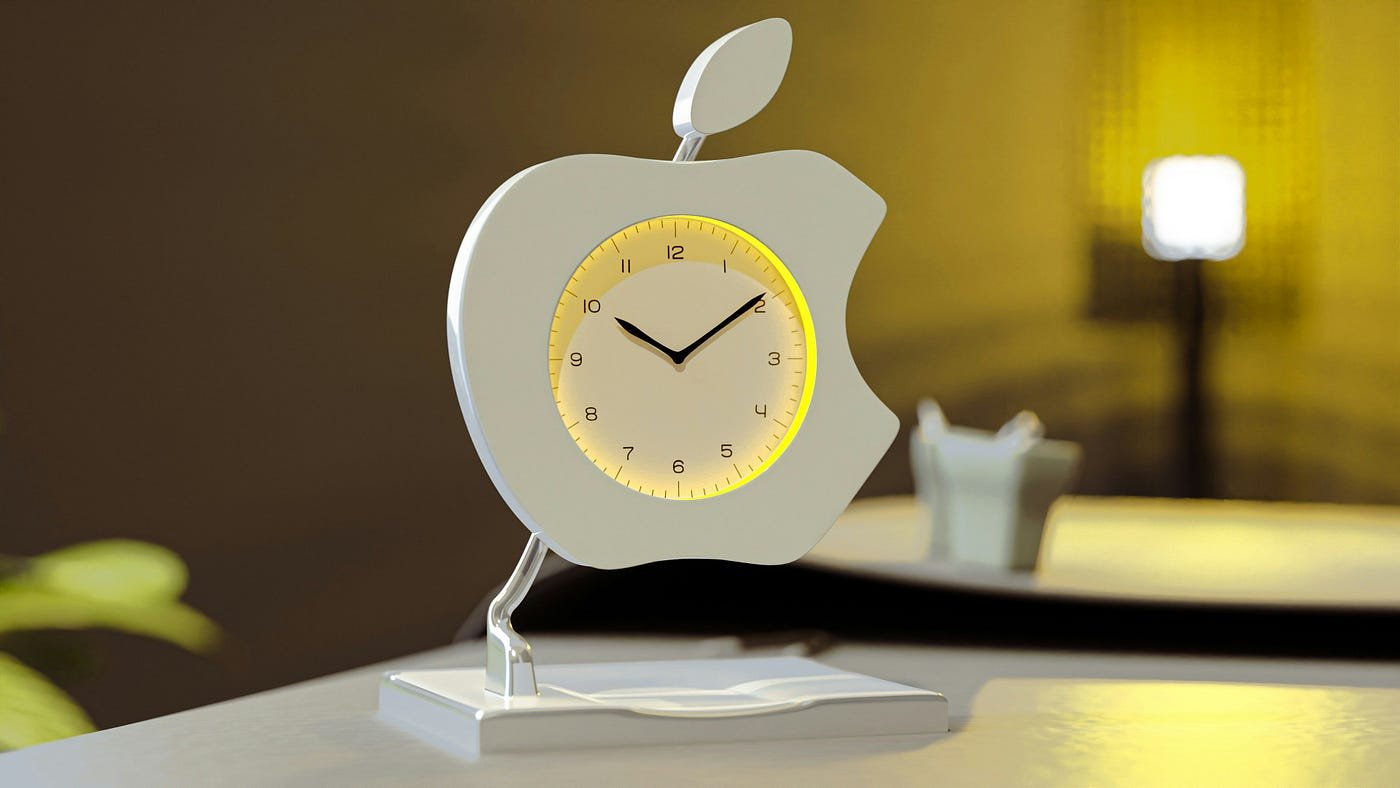Clocks, whether modern or antique, require regular cleaning and maintenance to keep them functioning properly and looking great. Dust, grime, and wear can affect the performance of a clock, especially those with intricate mechanical parts. Here’s a guide on how to clean and maintain your clock to ensure it runs smoothly and lasts for years.

Tools You Will Need
To clean and maintain your clock, you’ll need the following tools:
- Soft cloth or microfiber cloth
- Clock cleaning solution
- Small brushes (e.g., artist or makeup brushes)
- Tweezers
- Oiler pen with clock oil
- Cotton swabs
- Screwdrivers (small precision set)
- Latex or nitrile gloves
Cleaning the Exterior of the Clock
The outside of the clock can gather dust and fingerprints, especially if it’s a wall or mantle clock. To clean the exterior:
- Dust regularly: Use a soft cloth to gently wipe away dust and dirt from the clock case. You can use a small brush to clean areas like decorative carvings or engravings where dust may accumulate.
- Wooden clocks: For wooden clock cases, use a cloth slightly dampened with water or a wood-specific cleaning solution. Wipe the surface in the direction of the wood grain and immediately dry it with a clean cloth.
- Metal or glass clocks: Use a glass cleaner on the clock’s glass face, and a metal cleaner for the frame if necessary. Be cautious not to spray directly on the clock, but rather on the cloth to avoid damaging any internal parts.
Cleaning the Clock Movement
The internal movement of a clock, especially mechanical ones, is delicate. Proper cleaning and lubrication are crucial for the clock to keep accurate time. Here’s how to clean the movement safely:
- Open the case: Using a precision screwdriver, carefully remove the screws on the back of the clock to access the movement. If your clock is an antique, it’s advisable to take extra care, and possibly use gloves to avoid damaging the mechanism.
- Remove dust: Use a soft brush or compressed air to remove dust and dirt from the clock movement. Be gentle to avoid damaging the gears and springs.
- Clean moving parts: If the clock hasn’t been serviced for a long time, you can use a clock cleaning solution applied with cotton swabs to clean the moving parts. Avoid using too much liquid and ensure everything is thoroughly dried before reassembling.
- Lubricate the gears: After cleaning, apply a small amount of clock oil to the pivots and gears using an oiler pen. Do not over-lubricate, as this can attract dust and grime, leading to clogging and performance issues.
Maintaining the Pendulum (If Applicable)
For clocks with pendulums, such as grandfather or wall clocks, proper maintenance of the pendulum is essential:
- Keep it level: The clock must be positioned level for the pendulum to swing freely. If the clock isn’t level, adjust its position using a leveler.
- Check the suspension spring: Ensure the suspension spring, which holds the pendulum, is in good condition. If it’s bent or broken, replace it to restore proper function.
- Clean the pendulum: Use a soft cloth to clean the pendulum and remove any dust that may affect its swing.
Conclusion
Regular cleaning and maintenance are essential to keep your clock ticking accurately and looking its best. By cleaning the exterior, carefully maintaining the internal movement, and lubricating key parts, you can extend the life of your clock and keep it in top condition. For more complex repairs or antique clocks, consider seeking professional help to ensure the clock’s longevity and accuracy.



